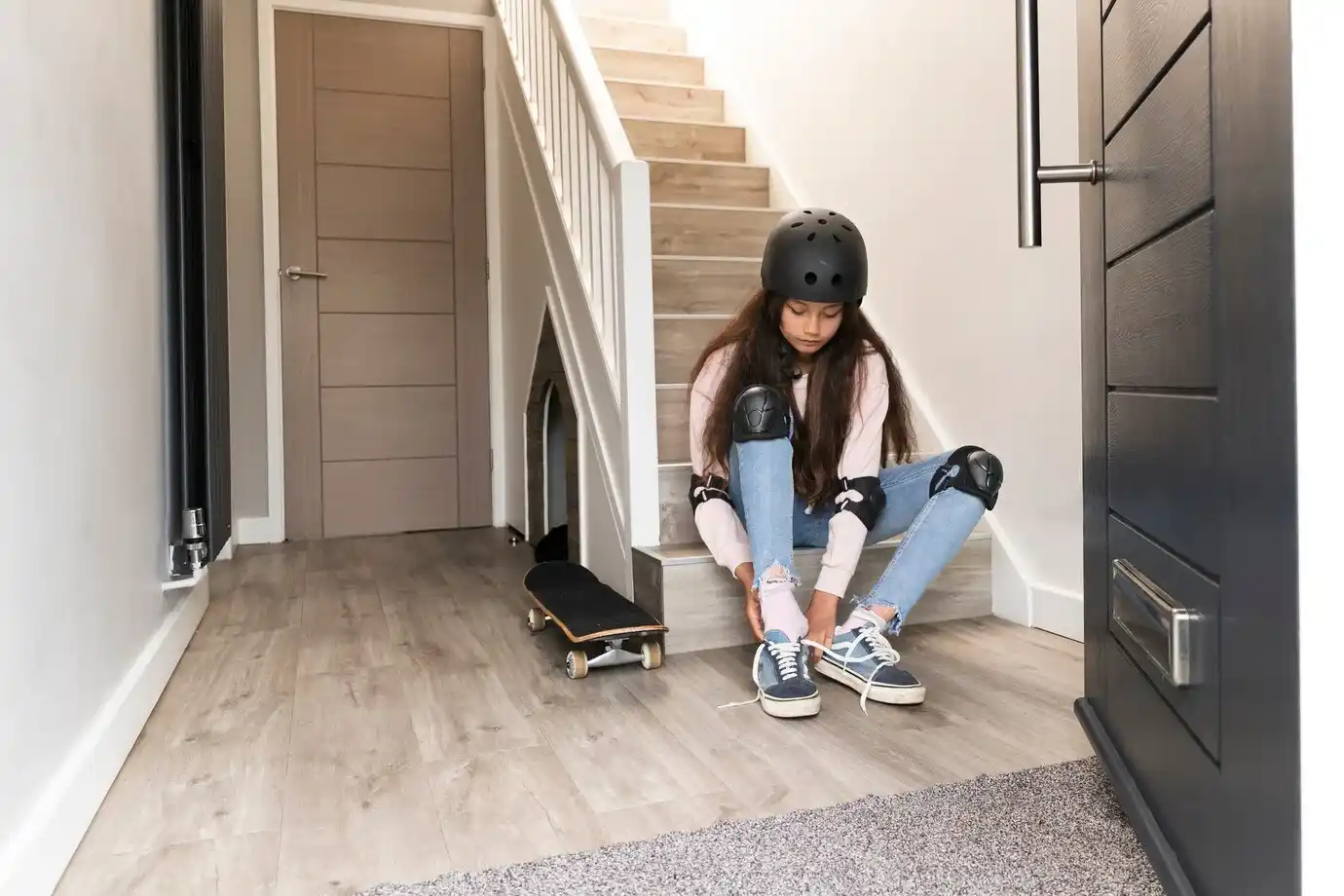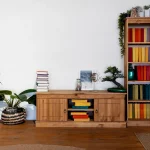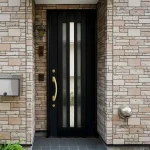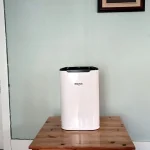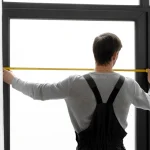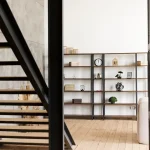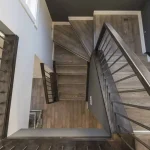As a parent, keeping your little one safe is a top priority. Staircases, while essential and often a focal point in a home, can pose significant hazards for young children. Childproofing your staircase doesn’t mean sacrificing style for safety. With the right approach, you can ensure your stairs are both secure and aesthetically pleasing. This article will guide you through effective and stylish ways to childproof your staircase, ensuring peace of mind without compromising your home’s design.
The Importance of Stair Safety
Dr. Benjamin Spock, a renowned pediatrician, emphasizes, “A childproof home is a safe home. Prioritizing stair safety is crucial for preventing injuries.” According to the National Safety Council (NSC), falls are one of the leading causes of non-fatal injuries for children. Ensuring your stairs are safe is a critical step in protecting your little ones.
Baby Gates: The First Line of Defense
Julie Mackintosh, a safety expert, notes, “Baby gates are essential for preventing falls, but they should be combined with other safety measures for optimal protection.” Baby gates are a fundamental tool in childproofing your home. They block access to staircases and ensure your child stays in safe areas.
Choosing the Right Baby Gate
When selecting a baby gate, consider the following:
- Sturdy Construction: Ensure the gate is made of durable materials like metal or high-quality wood.
- Secure Locking Mechanism: Choose gates with locks that are childproof but easy for adults to operate.
- Height: The gate should be tall enough that your child cannot climb over it.
Stylish Yet Safe Options
Kari Niemi, an interior designer, asserts, “Childproofing doesn’t have to compromise style. There are many aesthetically pleasing options available to ensure both safety and design.” Here are some stylish baby gate options that blend seamlessly with your home decor:
- Retractable Gates: These gates are sleek and can be hidden when not in use.
- Decorative Metal Gates: Available in various designs, these gates can complement your home’s aesthetic.
- Custom Wooden Gates: Made to match your interior design, these gates provide a cohesive look.
Secure Railings and Banisters
Loose railings and banisters can be dangerous for children. Jennifer Adams, a home safety expert, advises, “Regularly inspect your staircase for wear and tear, loose railings, or other potential hazards.” Make sure all components are tightly secured and consider adding additional supports if necessary.
Non-Slip Solutions
Slippery stairs are a hazard for both children and adults. Adding non-slip solutions can significantly reduce the risk of falls.
Options for Non-Slip Stairs
- Non-Slip Treads: Available in various colors and designs, these treads provide extra grip without ruining your staircase’s appearance.
- Carpet Runners: A stylish carpet runner can add both safety and a pop of color to your staircase.
- Anti-Slip Coatings: These coatings can be applied to wooden stairs to enhance traction.
Teaching Stair Safety
While physical barriers and modifications are essential, educating your child about stair safety is equally important. Lisa Foti, a child development specialist, states, “Teaching children about stair safety is important. Start early by using age-appropriate language and demonstrating safe stair use.”
Tips for Teaching Stair Safety
- Supervised Practice: Allow your child to practice climbing stairs under supervision.
- Handrail Usage: Encourage them to always use the handrail.
- Step-by-Step Guidance: Teach them to go up and down stairs slowly, one step at a time.
Keeping Stairs Clutter-Free
A cluttered staircase can be hazardous. Matt Paxton, a hoarding cleanup expert, advises, “Clutter-free stairs are safer stairs. Remove toys, shoes, and other obstacles to prevent tripping hazards.” Make it a habit to keep your stairs clear of any items.
Utilizing Baby Gates Effectively
Baby gates are essential for preventing falls. Here’s how to use them most effectively:
- Top and Bottom of Stairs: Install gates at both ends of the staircase to prevent access from either direction.
- Hardware-Mounted Gates: Use hardware-mounted gates for added stability, especially at the top of the stairs.
Ensuring Longevity and Maintenance
Martha Stewart, a lifestyle expert, states, “A well-maintained baking pan can last for years. Proper cleaning and storage are essential for prolonging its lifespan.” Similarly, maintaining your childproofing equipment ensures it remains effective.
Maintenance Tips for Childproofing Equipment
- Regular Inspections: Check gates, railings, and other safety devices regularly for wear and tear.
- Tightening and Adjustments: Tighten loose screws and make necessary adjustments to keep everything secure.
- Cleaning: Keep all safety equipment clean and free from dust and debris.
Resources for Further Exploration
There are many resources available to help you childproof your home effectively:
- Culinary Institute of America (CIA): Offers comprehensive culinary education and research, including information on baking equipment and techniques.
- Consumer Reports: Tests and reviews various home products, providing ratings and recommendations on various baking pan materials and brands.
- Online Cooking Communities and Forums: Websites like Allrecipes or Serious Eats have extensive user-generated content and discussions about baking pans, including recommendations and troubleshooting tips.
Additional Insights and Recommendations
- National Safety Council (NSC): Conducts research on home safety and provides data on childhood injuries related to falls.
- American Academy of Pediatrics (AAP): Offers guidelines on childproofing and preventing injuries.
- Consumer Product Safety Commission (CPSC): Regulates and investigates consumer product safety, including safety standards for baby gates and other childproofing products.
- National Institute of Standards and Technology (NIST): Conducts research on building codes and safety standards, which can inform staircase safety measures.
Conclusion: Safety and Style Can Coexist
Childproofing your staircase is an essential step in ensuring your home is safe for your little ones. By combining practical safety measures with stylish options, you can create a secure environment without compromising on aesthetics. Remember, childproofing is an ongoing process that requires regular maintenance and adjustments as your child grows. With the right approach, you can have peace of mind knowing your home is a safe haven for your family.
Cluster Pages

